The Sigma 18-35 with the OM-D E-M5 = HIGH GRADE STILLS
by Brad Nichol – His blog is HERE
A big hello from Australia Steve, I thought a few of your readers might be interested in how the amazing Sigma 18-35mm f1.8 performs when it is used on the M4/3 format, for stills. There are heaps of articles on how great it is for video but it seems not so much (very little in fact) on the stills end of things, especially when shot in RAW.
Just a little background info, in the previous post on my blogsite, where I provided some insight into my current explorations of legacy lenses and the M4/3 system (specifically the Olympus EM5 mk2). At the time, I mentioned almost in passing that I would be also testing the Sigma 18-35mm f1.8, but at the end of all the lens testing proceedings. Well as they say, “something funny happened on the way to the forum” and plans in this case got reversed.
I have already ran all the preliminary tests on every lens mentioned in that post and know quite precisely how they all perform, it could be a good read for those interested in some general impressions on M4/3 options (especially Olympus EM5 mk 2 owners), here is the link:
http://braddlesphotoblurb.blogspot.com.au/2016/07/the-great-m43-adventure-legacy-lenses.html
I have yet to take each of the lenses out on an extended variable subject shoot so as I can make some final conclusions and piece together a meaningful reviews for each lens, but nonetheless I know enough about them to make some strong conclusions.
So what upset the apple cart?
Tis like this, when I first tested the Big Sig on my old Pansonic GH2 I was actually quite disappointed, it really only seemed to resolve well in the centre of the frame and was quite variable in performance at different focal lengths. In short, I kinda felt well, short changed and I am short enough to start with. So when I got my shiny new EM5 mk 2 I wasn’t super eager to get down and dirty with Big Sig.
But I had a thought, what if the adapter I was using was no good, I really didn’t suspect this initially, as all was fine with my other Nikon lenses (my Sigma is a Nikon G mount version) but it seemed a waste to have a reasonably expensive lens sitting there unused. Whats more, everyone else was saying it was a marvel of modern optics, could be used as a scalpel, make coffee, elevate you to a higher astral plane and all that, I felt it was worth at least further investigation, anyhow I ordered a nice new adapter.
With some trepidation last week I took Big Sig down to my regular lens testing ground and shot off a few frames at different focal lengths and then promptly went off for a morning coffee with a mate at my favourite haunt. Once home I popped the files onto my 5K iMac and opened them in *Iridient Developer to take a gander, ready for yet more disappointment at the result. God damn, wow, holy cow batman, sh…., those are some sharp files dude! Ah, so the adapter was rubbish after all, phew, well that’s an $800 Aussie Dollar relief.
So the thought then struck, these files are so good that really they should be used as the standard against which all my other lenses are measured, which means friends that I had to go back out that afternoon and shoot some more general type shots to prove the point and whilst I was at it, I may as well write the review of Big Sig first and follow up with reviews of the other lenses later.
On the marriage aspect, the pairing of the Sigma and the EM5 mk 2 is at first a little odd, kinda of like attaching a 4 wheel caravan to a Suzuki Mighty Boy ute, they are just not meant to go together.
What we have here is not so much a lens attached to a camera but more like a camera attached to a lens. In the end it actually works fine once you realise the lens not the camera is the primary grip, and it will work far better if you were to purchase one of those add-on alloy base plate grips on eBay that you can get for the EM5 mk2 and Mk 1.
So the ergonomics are not perfect but is it worth the hassle, absolutely, it is a superb option for serious shooting, but just so we are all clear this Nikon version is a manual lens when used on M4/3, there is no auto focus option at all and no recording of the lens parameters either.
For most people the prime question would be “does it work well wide open” after all why go this route if you were only planning to shoot at f5.6, in short, yes it is very good wide open, I don’t have the Olympus 17mm f1.8 or 25mm f1.8 for comparison but I feel pretty confident it would be at least as good as they are wide open, albeit with a very considerable weight penalty, it does weight over 800 grams you know!
There is as you would expect a slight lowering of contrast and little bit of veiling flare wide open but appropriate adjustments to the RAW files easily deals with that, chromatic aberration is a little more pronounced wide open but I have seen raw files from the Olympus 17mm f1.8 and I reckon the Big Sig is way better in this respect.
The over-riding characteristic of this lens is consistency, it is virtually as sharp in the corners as it is in the centre at every focal length, and that is a rare thing indeed. As a point of comparison, the well regarded Panasonic 14 to 42mm mk 2 kit lens is not even within shouting distance at any focal length for cross-frame consistency and you can take it from me that is the best kit lens on offer for M4/3 and generally way better than the equivalents from other formats as well.
Distortion characteristics when used on cropped M4/3 sensor are pretty minimal ranging from very mild barrel distortion at 18mm then turning completely distortion free at 26mm and finally going slightly pin cushion from 28 to 35mm. Unless you were shooting architecture at 21mm or less I doubt you would ever really notice any issue at all.
The distortion aspect is a big deal as lenses with low distortion lend themselves very nicely to image stitching tasks, it’s not that you can’t stitch with most lenses but rather it just works way better if the lens is distortion free to start with.
Basically correcting distortions before stitching is essential if you want the stitch to appear natural, despite the fact that that in theory it should be fine even if you don’t correct first, I have never found it worked out that way in practice. The problem is exacerbated because correcting distortion alway causes some small loss of image clarity in the corners and along the edges, thus when you stitch the final image together you get resolution holes across the full image frame where the edges/corners where brought together. Long and short of it, the 18 to 35mm Sigma is a very good lens to use to capture the frames for your panorama or matrix stitches.
The excellent cross frame resolution consistency has a rather nice benefit on the EM5 mk2. The EM5s’ High Res mode certainly works as advertised but the results can be patchy with many lenses, if a lens has high central sharpness but low or poor edge and corner sharpness you will find the high res images show much better central clarity but gain nothing along the edges or corners from the process. In other words the centre to corner disparity looks worse! Great results can only be obtained if the lens offers pretty even overall resolution to start with, which again makes the 18-35mm Sigma one of the best candidates I can think of for such demanding applications.
I would judge the Big Sig to be a pretty contrasty lens and probably most people would be very happy with that aspect, me, not so much. I actually prefer to shoot with lower contrast lenses as I find the files can be more satisfactorily edited for great highlight and shadow rendering, the lower contrast kinda acts like a handbrake on the contrast extremes and goes some way towards giving me a more analogue/film-like rendering. Anyhow I have some workarounds for this so it’s no big deal and as I said most shooters prefer high contrast glass.
The high contrast however has its benefits in terms of colour punch, which the Big Sig seems to have in spades so that’s a win, I would describe the colour rendering as quite neutral to perhaps just a little cool but there is no doubt that strong colours show plenty of pop, however it certainly does not display the warmth that say Minolta legacy glass does on the Olympus bodies.
All focal lengths are sharp but if pushed I would say the 28 to 35mm range looks a tad more detailed. The important aspect of the great sharpness performance being that files need very little sharpness boosting, which is always preferable as punching up the sharpness can destroy micro tonality and create otherwise undesirable artefacts, I would describe the lens as displaying an effortless sharpness, it just looks natural and nicely 3D even at quite small degrees of magnification.
The bokeh is good and gives me no cause for concern but it is not as nice as can often be seen from some of the classic legacy glass, especially some of the golden oldies from mother Russia. It suffers from a little bit of green fringing on out of focus highlights (this is fundamentally longitudinal chromatic aberration) and the characteristic high contrast does mean the edges of the out of focus circles are rendered with a little more clarity than a low contrast lens would, on the other hand the out of focus circles are pretty much just that, circles rather than ugly hexagons or misshapen blobs.
There is one little characteristic I noticed which I feel is quite unique, at middle distances from the camera the out of focus areas when shot wide open can take on a rather 3D characteristic, it’s hard to describe and can only be seen at significant magnifications but nonetheless it is a rather different rendering style.
Mercifully the lens doesn’t display any ugly double imaging of lines and details in the out of focus areas, which is rather nice and this helps it avoid bokeh looking busy and nervous. Overall I reckon the bokeh is nice enough but if I were after a “short portrait” lens it may not be my first choice, actually it wouldn’t be, the lens is just to unforgiving in resolution for most portraits needs, mind you if you threw a classic “softar” style filter on the front of it I imagine it would be rather lovely, I must try that at some time.
I’m generally very sensitive to chromatic aberration, it’s one of those things that just disturbs me and I tend to notice its awful presence long before most people do, any lens with a problem in this area will usually not rate with me. The Big Sig is actually pretty special in this respect, yes there is a bit of CA, but it mainly effects the wider settings, 18mm to around 24mm, beyond that you could largely disregard it and there is really no discernible CA at all at the 35mm setting even when viewed at a 200% view. This dear friends is a very good thing as fixing CA (when it is significant) can cause quite a few artefacts around the edges of your image especially if you try to sharpen the files up and even when well corrected it still decreases the resolution potential of the lens.
Lenses with really bad CA are only useful for monochrome work as far as I am concerned and only if you use only the green channel with a little red channel mixed in. Anyhow the
18-35 Sigma is about as devoid of CA as you could reasonably expect from any lens costing less than $2000, three cheers for that!
On the mechanical side of things I find the focus ring quite lovely, I have a love/hate relationship with focus rings, mostly hate, especially on modern digital age lenses. How hard can it be guys? Most focus rings are either too sloppy, too thin, too tight, too hard to the touch, have too little rotation or too much rotation, or are just plain bloody horrible, the Big Sigs is for my tastes the Goldilocks option, just right!
It is of course a heavy beasty and that is the way things have to be if you want to use the words “fast, zoom and high sharpness” in the one sentence, but frankly this is not lens for walkies in the city shooting street photography or lightweight hiking but as a serious tool for on-tripod use or steadily held in your hand for a limited period of time. For studio work I expect it would be amazing but as of yet I haven’t got to that.
Technically the Olympus EM5 mk 2 and other Olympus bodies are a great match in that a lens like this needs to be either held very steady or used with “in body image stabilisation” otherwise much of that high resolution goodness will go begging, additionally the lens shows the benefits of electronic shutter options more so than most of the other lenses I have tested on the Oly.
All of the above means in a odd and perverse way that maybe the Oly OM series is the right camera for this lens (focal length magnification issues aside, though I am perfectly happy with the equivalent 36-72mm focal length), you see mounted on the native Nikon DSLR body it has no image stabilisation to assist when the going gets tough and on APSC Sonys’ the situation is the same. Panasonic’s do offer IBIS but only on a couple of models and you could use it on say a Sony A7R mk 2 in crop mode, but then that seem kind of a waste of the cameras capability.
So here is my conclusion, this is now my very most favourite M4/3 lens, I think it is disingenuous to call it a zoom, it really is a collection of very high quality wide aperture fixed focal length lenses in on body, how tricky of Sigma to pull that one off. I will use it regularly when needed a serious tool for paid jobs or landscape and fine art duties and will definitely further explore its very wide envelope of capability for stitching and hi-res options,….but it is definitely nor coming on holidays with me, much as I would love to take it, it’s just too heavy for that.
* Iridient Developer is my RAW developer of choice and all lenses I test are shot in RAW and processed in this application, nothing else comes close when I am really wanting to see the measure of a lens or camera. Just so you know, there is a world of difference between regular jpegs and RAWs when cooked in this app, and despite the unquestioned excellence of Olympus jpegs that holds true for the EM5 mk2 as well.
Brad Nichol

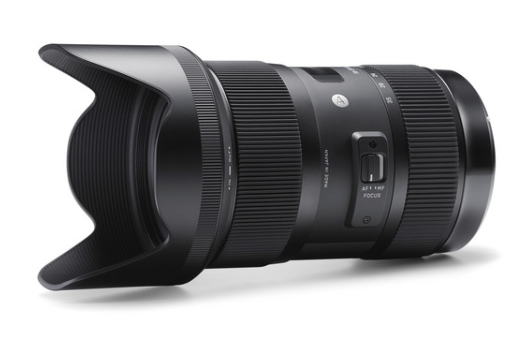
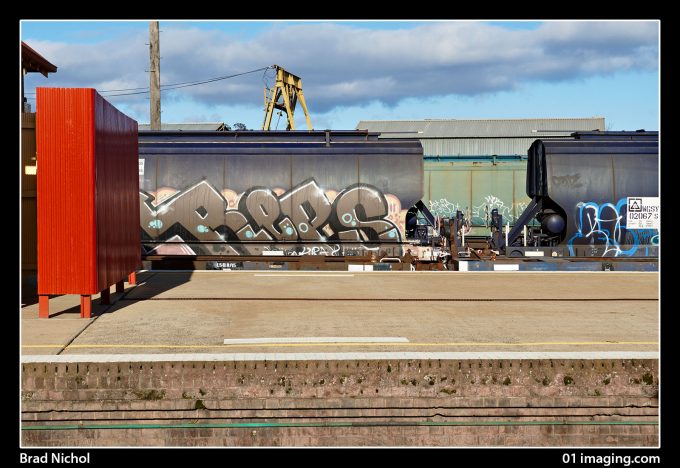
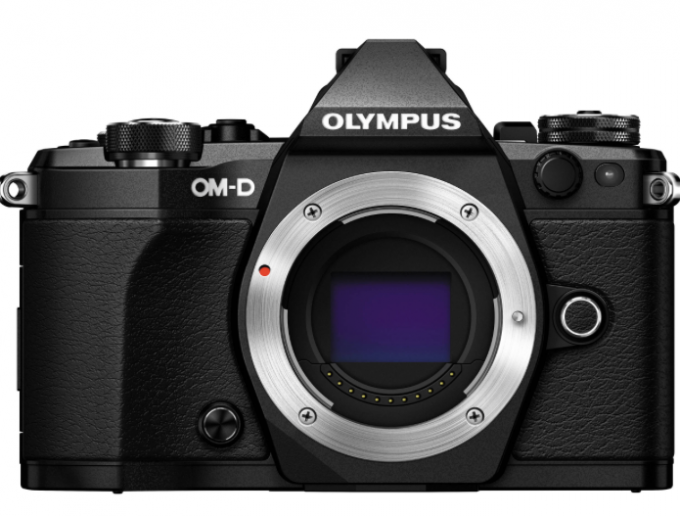
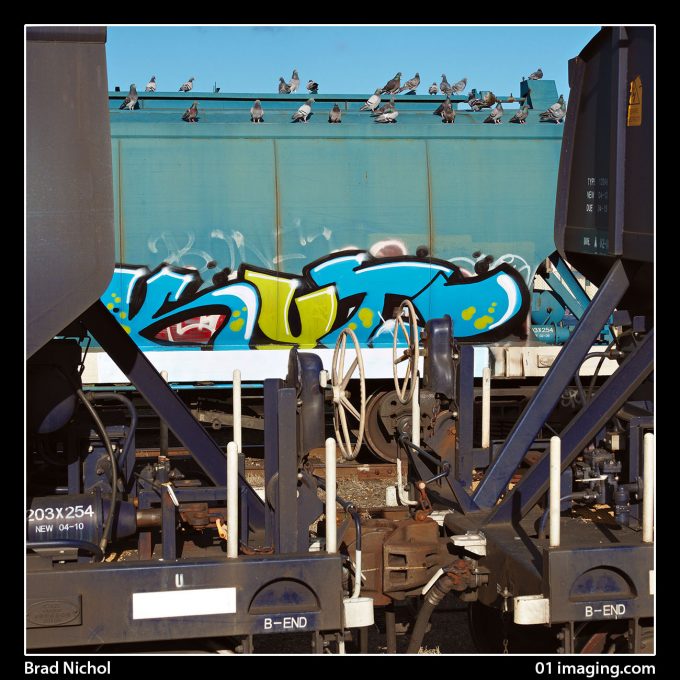
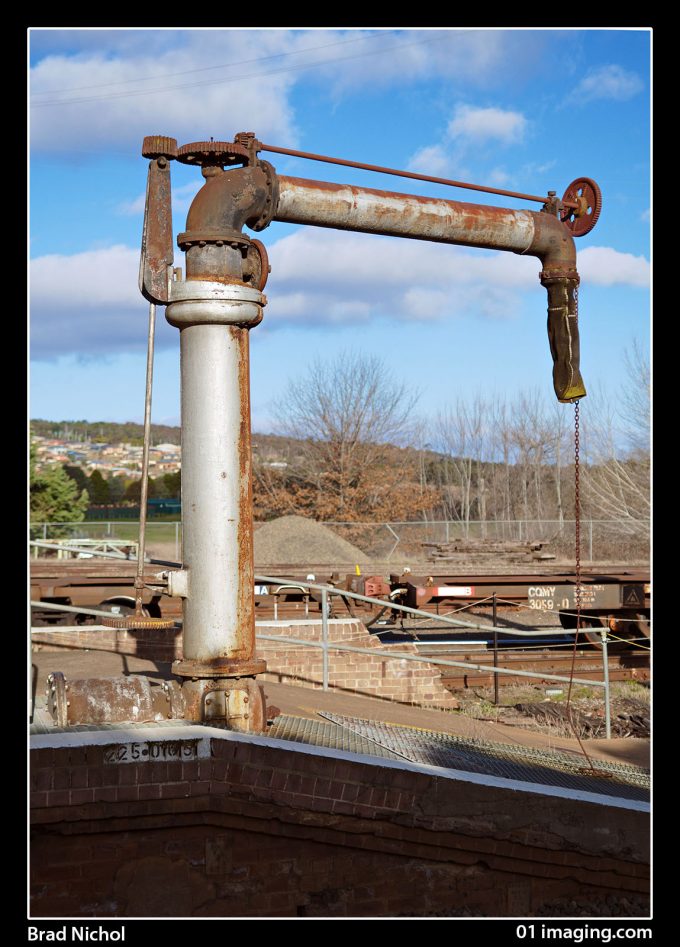
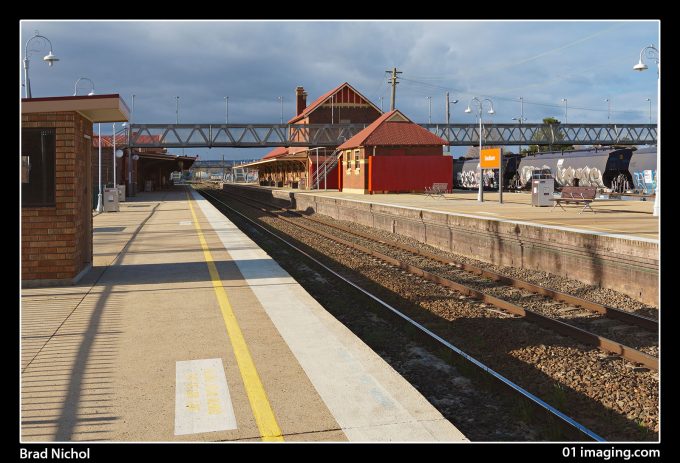
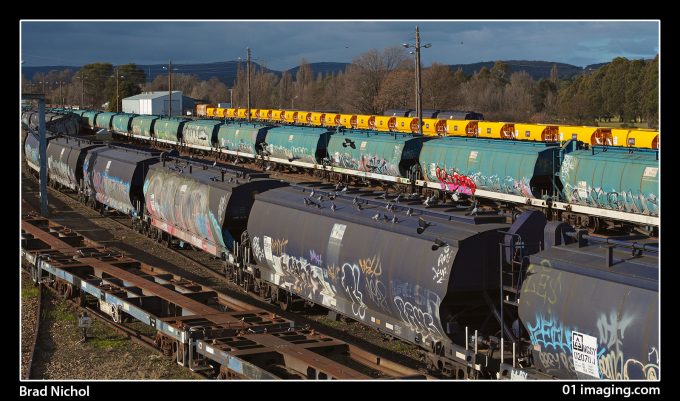
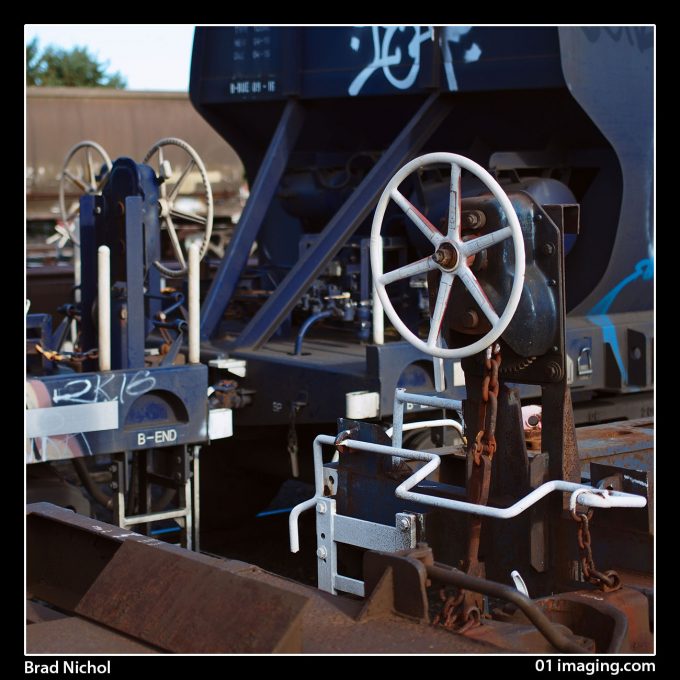
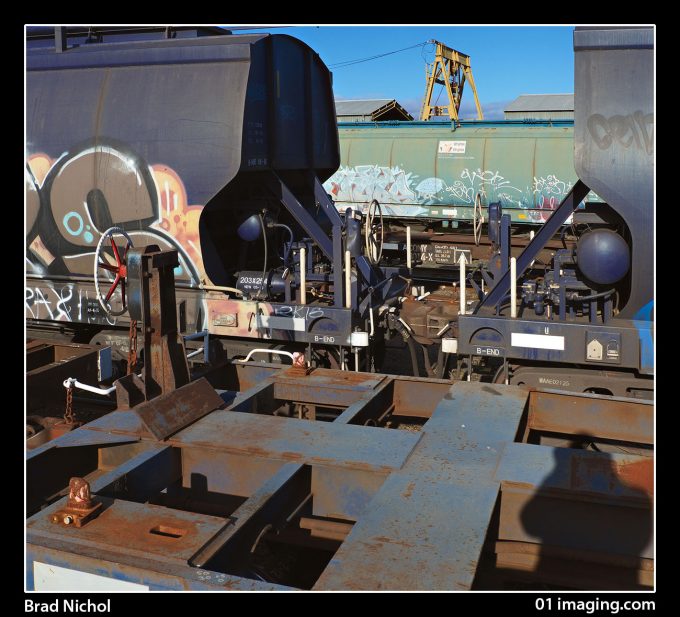
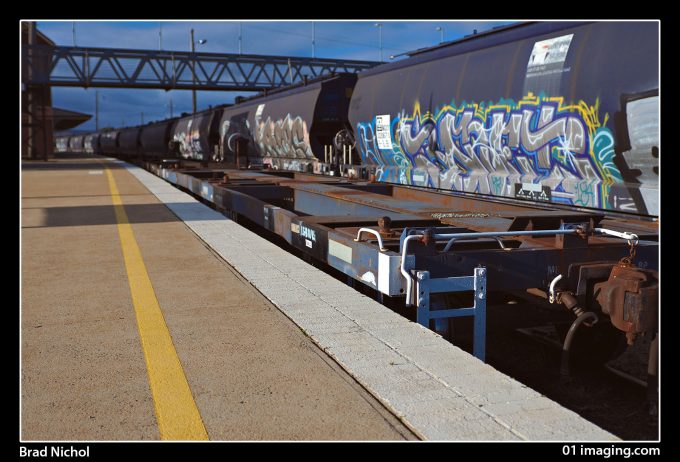
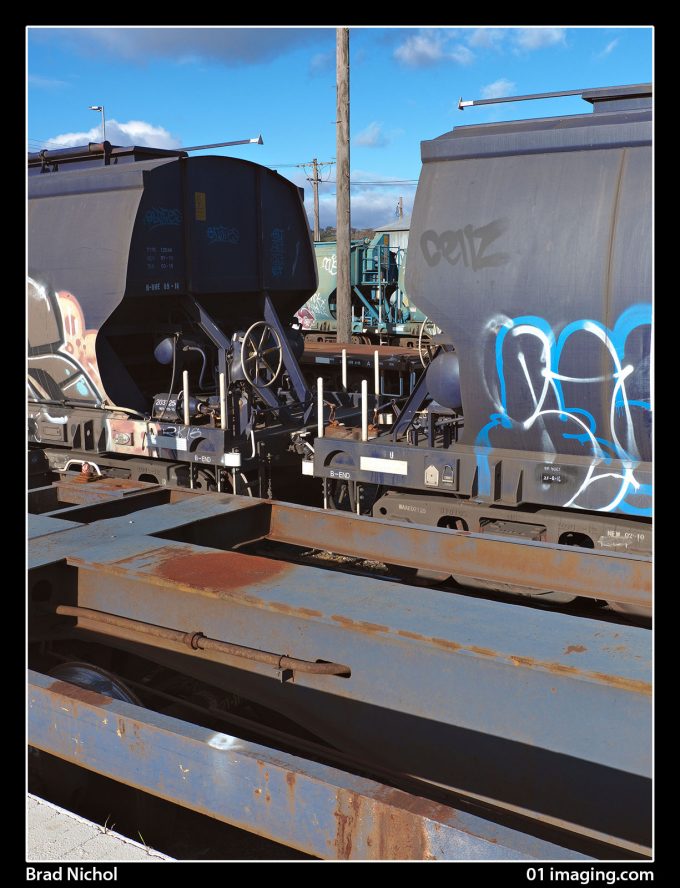
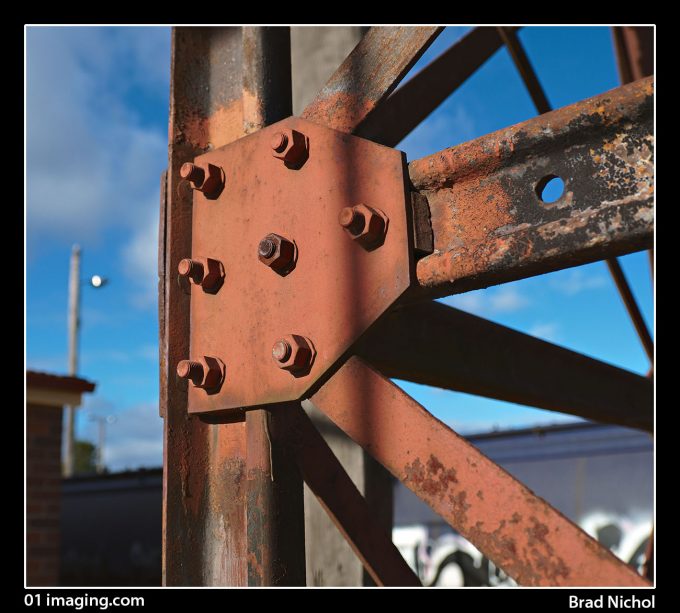
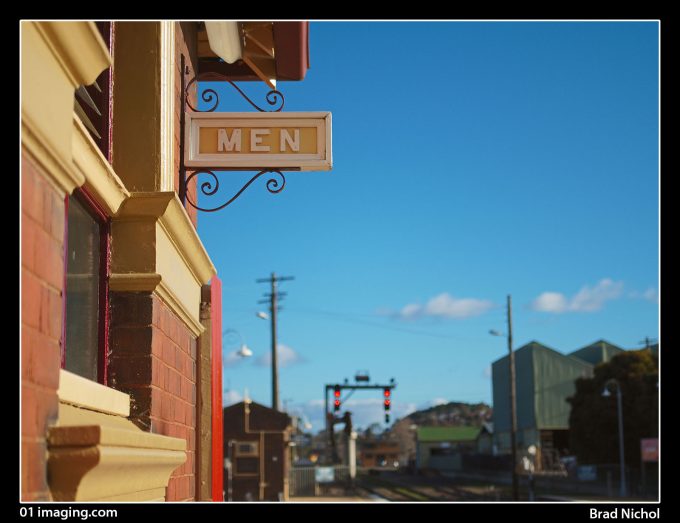
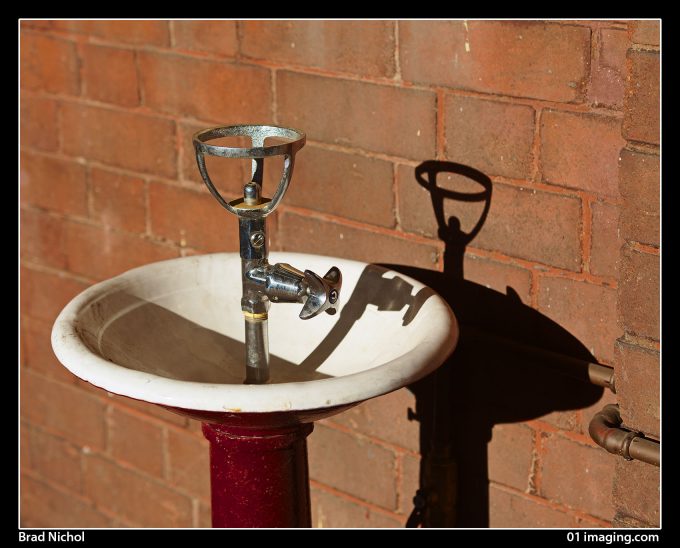
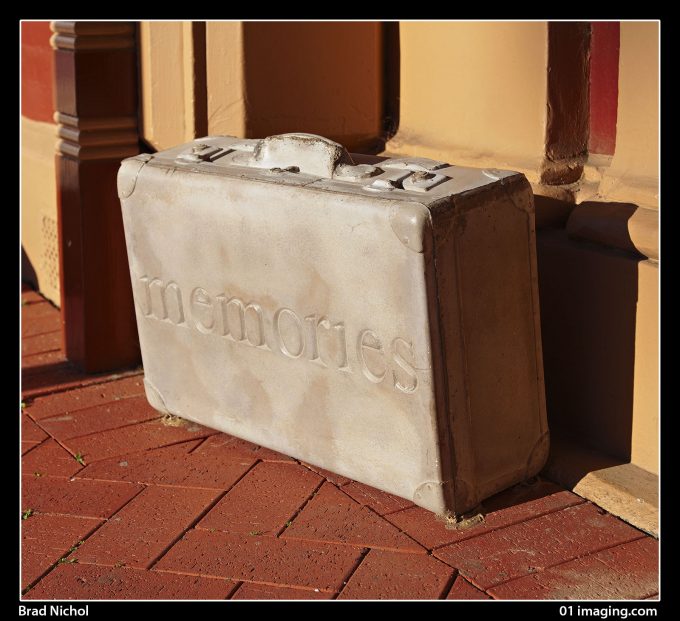
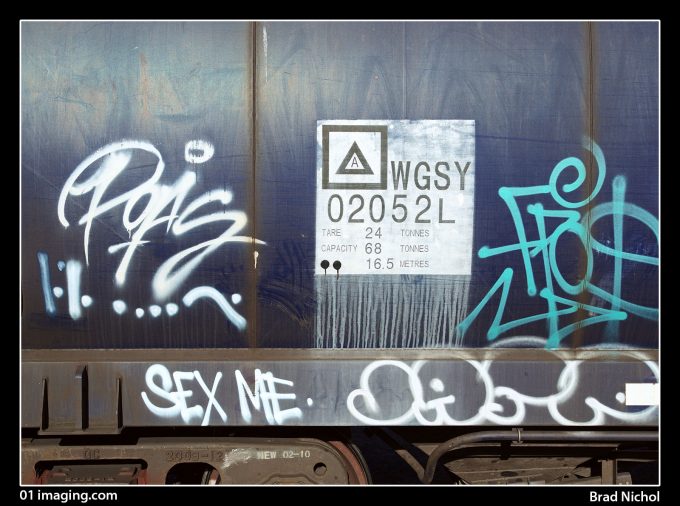
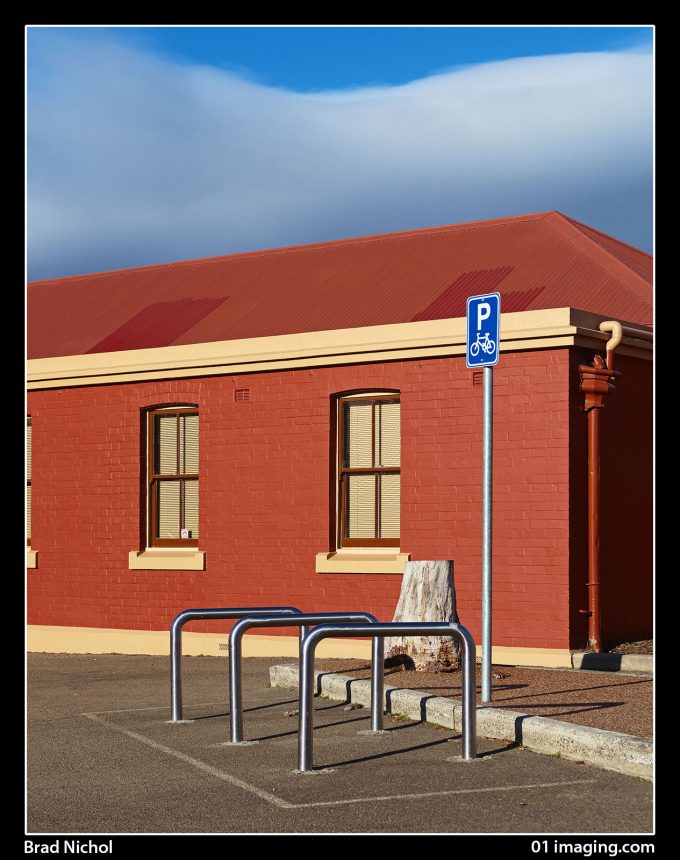
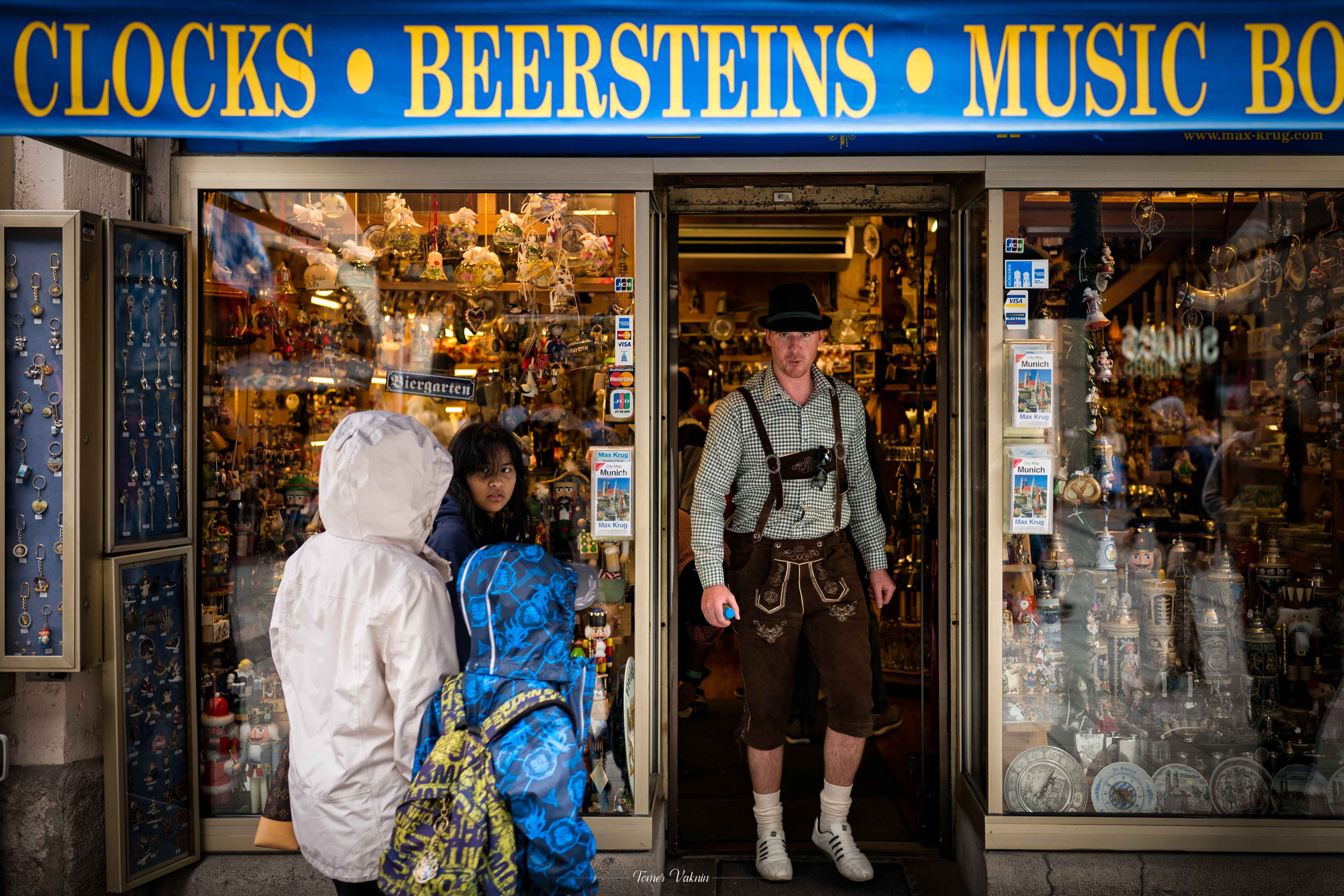

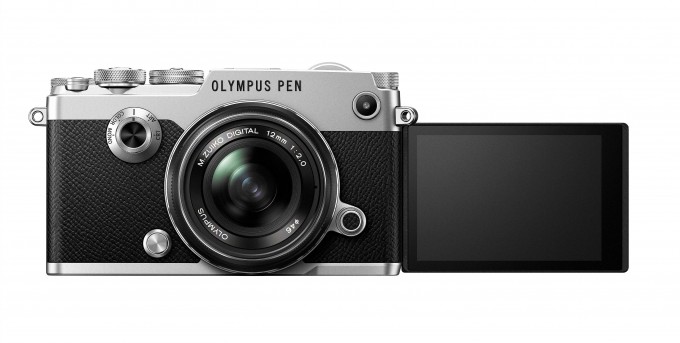
Wow ! Im so distracted when I see the photo . And so exited to ask what is the details of the extender you use ☺️ ? Thanks for the answer ! Thanks for doing this ! Such great tips . Awesome
Love to see a portrait shot with that combo
What new adapter did you use?
Amazing!
O Mon Dieu, I like your style. Good composition, much light without harsh shaddows. Did You use a Polarize Filter?
The Colors look very natural, have you try the hig res mode?
Hi Hpk, yes I have tried the hi res mode, you will find an extensive article on this on Steves site from a couple of weeks back, I also used the 18-35 for that, it was in short excellent.
No polarizer, one of the characteristics of this lens is high constrast and colour saturation, but note I always run tests using Raw only and apply careful processing.
I have not tried the 14-35 f2 oly, it is supposed to be great but very exy and still needs an adapter but gives full info of course.
Cheers and thanks
Brad
Brad, thanks for sharing. You’ve chosen a very interesting location although I must say that you have definitely chosen the wrong time of day. 😉 Still, the shot of the bike racks is something quite special.
I won’t say I’m a fan of fast zooms, so this lens will not be on my shopping list. But what matters more is the fact that mirrorless systems allow you more freedom in lens choices. The people who continuously disparage third party lenses are really no fun. Not only that, they don’t do others any favours with scare stories. If we listened to these people, competition among manufacturers would turn into collusion and technological laziness (it does to a point, anyway).
BTW I’m sure this lens performs well on a small sensor, but I’d be somewhat impressed if it held that performance on an APS-C sensor. I still wouldn’t buy it but I would have to give Sigma a thumbs-up.
Interesting article, thanks. Just a couple of things.
If the lens isn’t relaying information back to the camera, would that not mean that the image stabilisation needs to be manually set to a specific focal length? That sounds like a pain with a zoom lens!
Secondly, the article begs the question “how does this lens compare to the Olympus 14-35/f2 zoom?” That lens has an amazing reputation, communicates with the camera properly and has a better focal length range, though you do lose a teeny-tiny bit of aperture. Have you ever had the chance to try one?